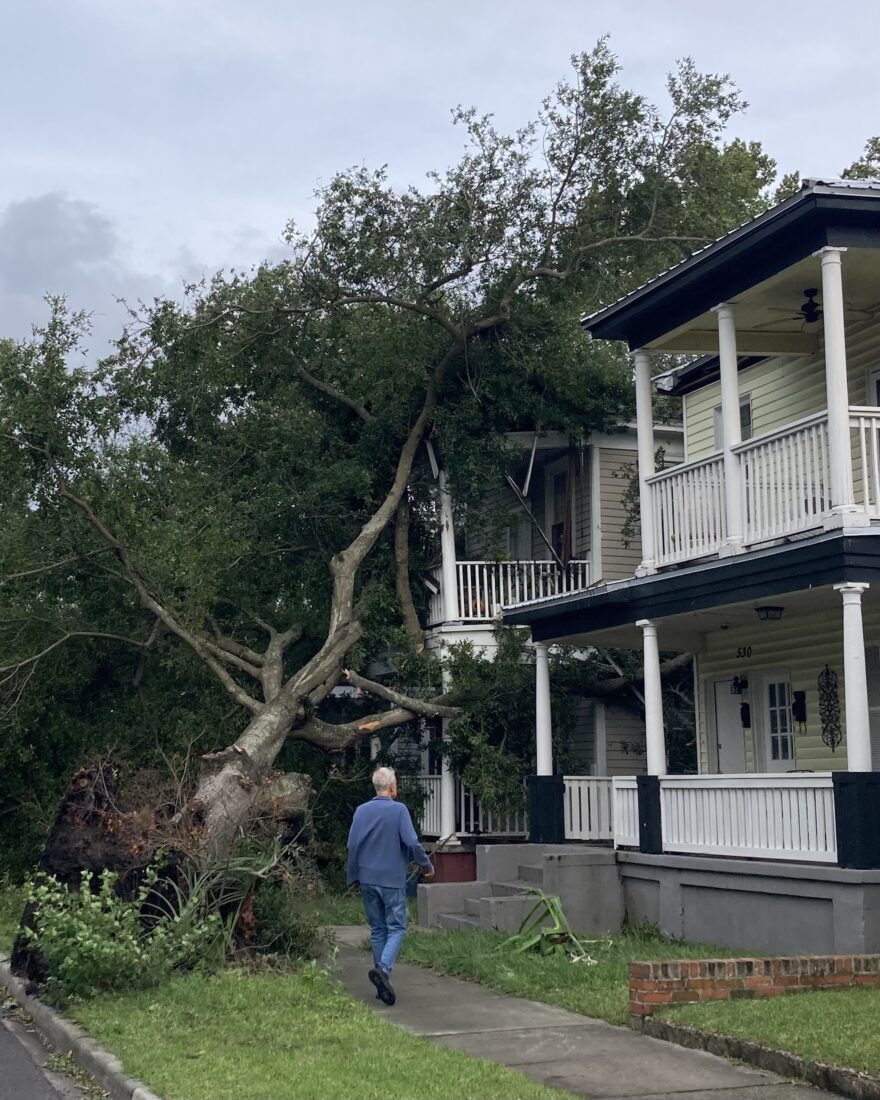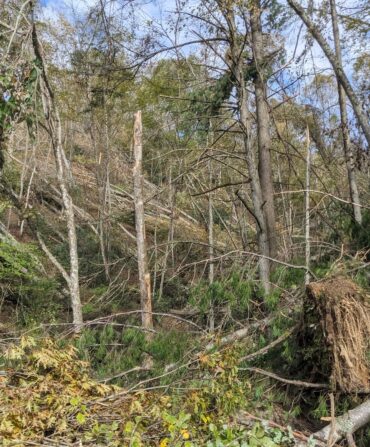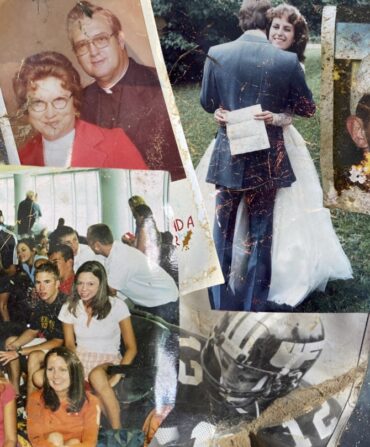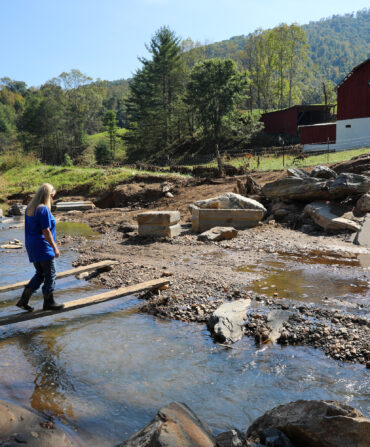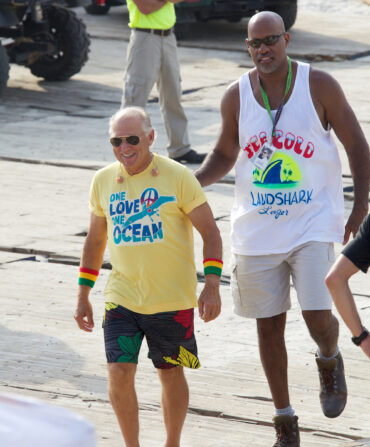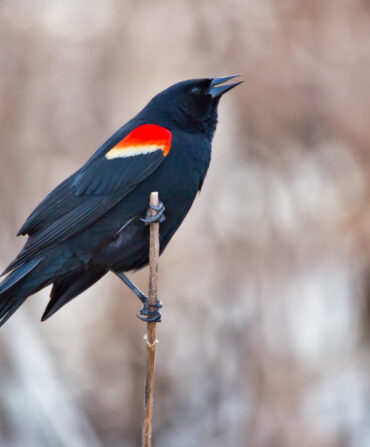Every region of the country has its “acts of God.” Earthquakes or wildfires, tornadoes or flash floods. Here in hurricane country, at least we can see the next act coming…until we don’t.
In Savannah, few were worried. Hurricane Helene was coming up through the Gulf and slated to make landfall down in the Big Bend of Florida. I love that area—I’ve driven it, ridden it, and written about it many times—but it’s a five-hour ride from here. Helene had to cross two hundred miles of Florida flatwoods and Georgia swamp before reaching the Atlantic coast. Surely her powers would dwindle by then.
Surely.
Thursday night I did my regular rounds, cycling around town to a couple of my writing spots. There was none of that strange electricity that always comes the night before landfall, as if the air itself is nervy. No, we worried for the people (and creatures) of Tampa, Cedar Key, Tallahassee, but not so much for our town.
I went to sleep early. The night was quiet. I fully expected to be up and riding my bike on McQueen’s Island at dawn, gravel-biking the old railroad causeway between Savannah and Tybee Island—a ride I’ve been doing most mornings since I came off book tour, recharging my batteries a few percent more with each sunrise.
Helene arrived first in my dreams. Lashing winds, shuddering structures, the rifle-crack of distant tree limbs and transformers. My partner, AJ, who works at night, woke me around 3:00 a.m.
“The fire department was just at the neighbor’s,” she said. “I think a limb fell on a car. I think we need to move our heads away from the window.”
The wind. It sounded like the inside of a tornado, like our whole small two-bedroom house was about to lift off and fly away. The window panes were rattling in their grilles, and we couldn’t help but think of the old trees standing on every side of the house, ready to drop limbs. We reversed ourselves, resetting our heads and pillows at the foot of the bed.
Back in 2019 we’d ridden out Hurricane Florence in Wilmington, North Carolina, just upstream from the mouth of the Cape Fear River. There was a forested lot behind the house, and the “skyline” of trees was all but leveled overnight—a haunting silhouette come dawn. In the days to come, we watched National Guard Blackhawks land supplies in the Harris Teeter parking lot and dealt with ants and snakes inside the house.

But we’d been prepared for Florence, not just provisioned but mentally primed. We’d battened down the hatches in both house and mind. Not so with Helene. She came like a bomb in the night. Savannah was caught in the northeastern quadrant of the storm—known for the strongest winds—and at one point, there were seven simultaneous tornado warnings in our area. It made for a wild night.
I was up early to survey the damage, riding around the neighborhood on my bike. Savannah was just one of countless communities impacted from Florida up to North Carolina—and certainly not the worst off—but our lovely city and her inhabitants had taken a beating.
The true roof of Savannah is her trees, a bottle-green canopy of oaks—some of them older than the nation itself. Three centuries. Helene had transformed those gothic oaks into ordnance. Fallen limbs and uprooted trees blockaded the roads; they lay snarled in power lines and leaning on fences and houses and cars. The streets themselves wore a green-gray carpet of blown moss and leaves and branches—in places you could hardly see pavement, as if time had catapulted into the deep past or distant future. Downtown, the original Sears & Roebuck building—built in the 1880s and now home to the Ordinary Pub—had collapsed.
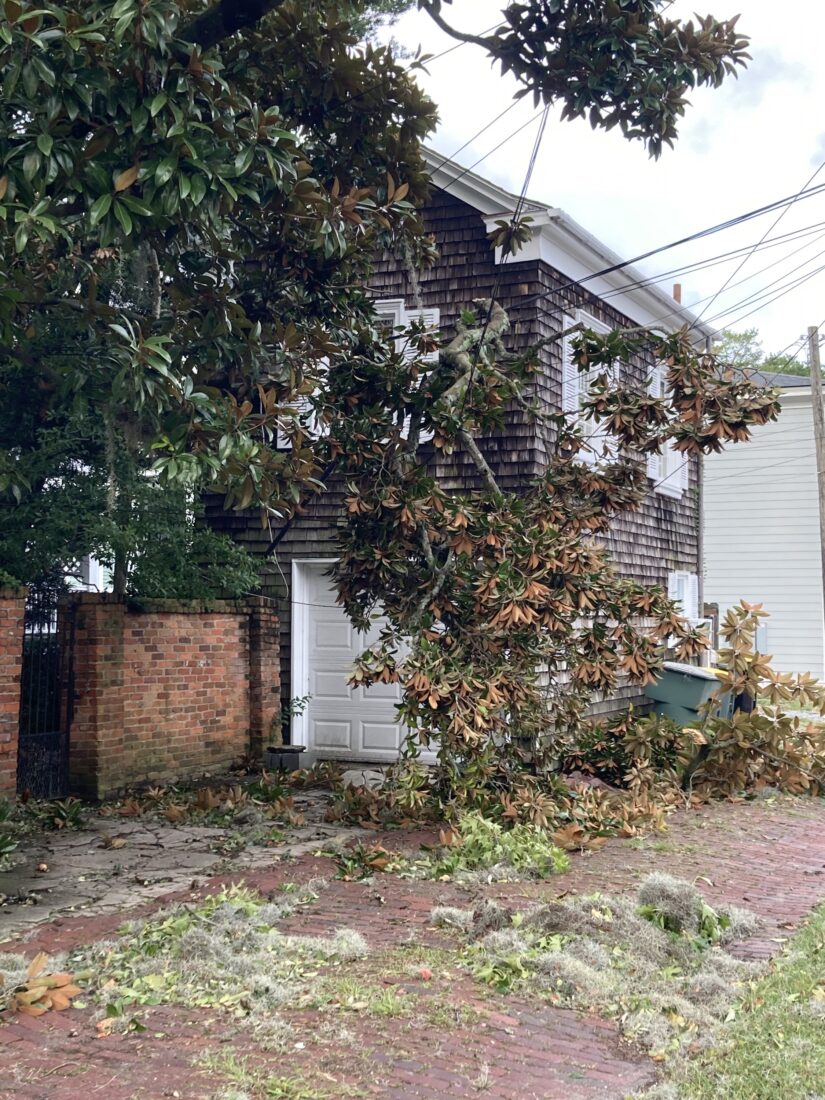
I would learn the fire department hadn’t come out for a fallen limb last night, but because the power line that runs behind our house had begun sparking and smoking. According to our neighbors, it didn’t stop until the power went out.
“Luckily everything was so wet,” said my neighbor.
Later I journeyed out to McQueen’s Island and found much of the narrow railroad causeway washed away or overwhelmed with tidal wrack—a six-mile route that’s stood since the time of steam trains, though storms have had their way with the stretch. A man and his dog living in an old houseboat on the Back River had been blown all the way to the highway, their vessel left beached right on the shoulder of the road as the waters receded. The nests of my avian “friends” I see every morning on my cycling route were gone.
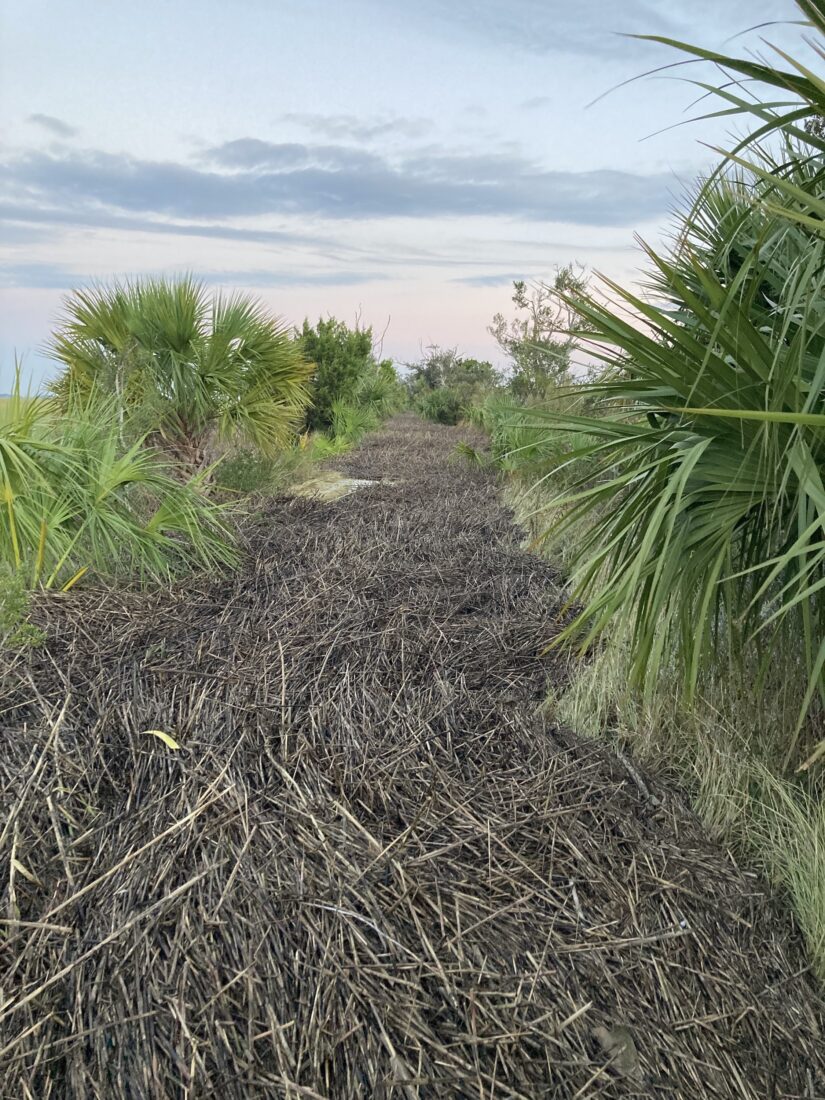
But even that first morning, amid the heartbreak and devastation, I was forced to remember why I love this city so much. As I rode my bike around town, people were already up and working. They were trading the night’s war stories with their neighbors, helping them clear debris and set up generators. They nodded or waved to me as I passed, and a surprising number even managed a smile. People old and young, Black and white, working in front of moldy tumbledown bungalows or stout two-stories with good paint.
A woman on East 36th Street was restocking the “Free Pantry” she maintains in front of her house—what looks like a Little Free Library, but full of canned goods instead of books. Bike Walk Savannah, a nonprofit bike shop that provides pedal-powered transportation to the needy, was at Memorial Stadium helping Second Harvest of Coastal Georgia distribute food, water, and ice. On the corner of Price and 37th, I met an old man pushing a walker jumbled with supplies. He looked around, his arms bowed out on the handgrips.
“Man, I just got back in town after forty-three years.”
Not the homecoming he’d expected. We talked for a bit. He’d lived in California but had grown up here in Savannah. I couldn’t tell if he’d spent last night in a shelter or, God forbid, somewhere outside in the storm. I gave him what I had and wished him good fortune here in his old hometown.
In a country so rife with division, a storm like Helene, for all her fury, blows aside the fog of petty differences that separates us. In a time when the cries of us-versus-them have grown to fever pitch, Helene speaks louder than any party or demigod. She says we’re all on this big Ark together, sailing through space, and when the wind whips us to the bone, all we have is each other and this miraculous blue marble in the middle of the cosmos. And that’s everything, isn’t it?


